Exploring the Horrors of War: 10 Films Similar to The Killing Fields
War films have the unique ability to transport viewers into the harrowing realities faced by individuals during turbulent times. One such film that stands out is The Killing Fields, a profound narrative that depicts the atrocities of the Cambodian genocide. If you were moved by this 1984 masterpiece and are seeking similar cinematic experiences that delve into the darker aspects of war and its impact on humanity, look no further. Here’s a list of 10 exceptional war films that echo the poignant themes and emotional depth found in The Killing Fields.
- Platoon (1986) — Oliver Stone’s gritty portrayal of the Vietnam War focuses on the moral ambiguities faced by soldiers, showcasing both the heroism and the ethical dilemmas of warfare.
- Apocalypse Now (1979) — A psychedelic journey through the Vietnam War, this iconic film captures the chaos and moral corruption that can arise in the heat of battle.
- Full Metal Jacket (1987) — Stanley Kubrick’s exploration of the Vietnam War dives into the dehumanization process soldiers experience, expertly blending dark humor with harsh realities.
- Boys Don’t Cry (1999) — While not a traditional war movie, this film portrays the violence and struggles faced during the broader societal conflicts of identity and acceptance, resonating with the same emotional intensity.
- Hotel Rwanda (2004) — This gripping drama based on real events sheds light on the Rwandan genocide, paralleling the themes of survival and the indifference of the international community.
- Come and See (1985) — A harrowing journey through the Nazi occupation of Belarus, this film is known for its stark realism and psychological impact on its young protagonist.
- Saving Private Ryan (1998) — Renowned for its realistic battle scenes, this film explores the mission to rescue a soldier amidst the chaos of World War II, emphasizing sacrifice and camaraderie.
- The Pianist (2002) — This biographical war film tells the story of a Polish-Jewish musician’s survival during the Holocaust, illustrating the personal toll of war and loss.
- Grave of the Fireflies (1988) — An animated film that poignantly depicts the aftermath of World War II in Japan, focusing on the struggles of two siblings surviving amidst destruction.
- American Sniper (2014) — This modern war film details the life of a Navy SEAL sniper, highlighting the psychological effects of combat on both soldiers and families.
Each of these films offers unique perspectives and narratives that resonate with the emotional depth and moral complexities showcased in The Killing Fields. Whether through intense battle sequences or character-driven stories, they reflect on the human experiences that emerge from the horrors of war. For anyone impacted by the weighty themes of The Killing Fields, these films will undoubtedly leave a lasting impression.
10 Fascinating Facts About «The Killing Fields» (1984)
«The Killing Fields,» directed by Roland Joffé, is a powerful historical drama that delves deep into the harrowing events of the Cambodian genocide. Released in 1984, this film not only showcases the resilience of the human spirit but also highlights the devastating impact of war. Below are 10 intriguing facts that underline the significance of «The Killing Fields.»
- Based on True Events: The movie is based on the real-life experiences of journalist Sidney Schanberg and his Cambodian friend Dith Pran during the Khmer Rouge regime, which claimed the lives of millions.
- Oscar Recognition: «The Killing Fields» received several Academy Award nominations, including Best Supporting Actor for Haing S. Ngor, who played Dith Pran, portraying the struggles faced during the tumultuous period.
- Authenticity in Casting: Haing S. Ngor, who was himself a survivor of the Cambodian genocide, brought an unparalleled authenticity to the role of Dith Pran, ensuring viewers felt the emotional weight of the story.
- Filming in Cambodia: The filmmakers originally intended to shoot in Cambodia but had to adapt their plans due to the political situation. Hence, much of the film was shot in Thailand, with meticulous efforts made to recreate the landscape and atmosphere.
- Impactful Score: The film’s haunting score was composed by Mike Oldfield, which effectively amplifies the emotional depth and gravity of the film’s scenes.
- Real Locations: Several of the film’s locations were inspired by actual historical sites in Cambodia, like the killing fields and the infamous S-21 prison, grounding the narrative in reality.
- The Role of Journalism: The film underscores the significance of journalism during warfare, highlighting how reporters like Schanberg risked their lives to bring the truth to light.
- Cultural Representation: «The Killing Fields» was one of the first mainstream films to depict the Cambodian experience during the genocide, raising awareness about an often-overlooked chapter in history.
- Critical Acclaim: The film was praised not only for its storytelling and performances but also for its unflinching look at the horrors of war, making it a classic in war cinema.
- A Lasting Legacy: Over the decades, «The Killing Fields» has remained a significant educational tool, frequently used in history classes to discuss the impacts of war and genocide, ensuring that the events are not forgotten.
In conclusion, «The Killing Fields» is not just a movie; it’s a poignant reminder of the past that continues to resonate today. Through its compelling narrative and rich historical references, it has left an indelible mark on cinema and education alike.


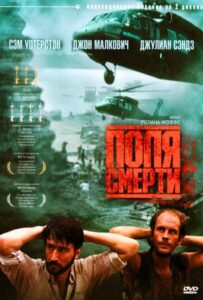
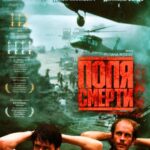

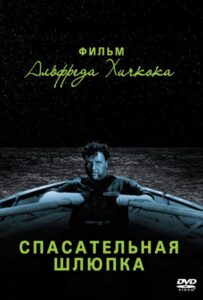
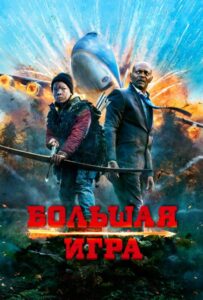
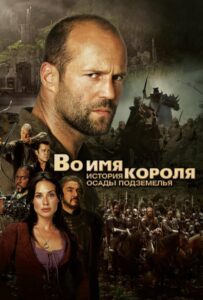
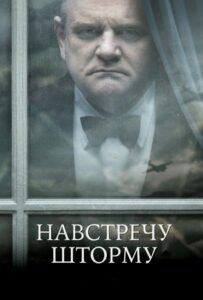
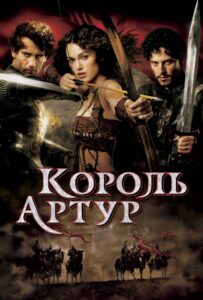
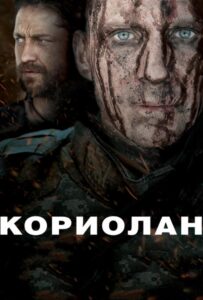
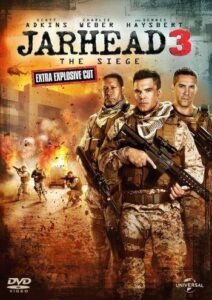
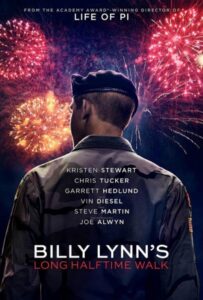
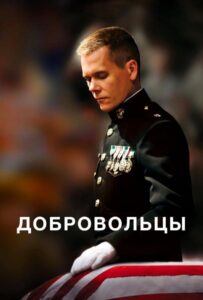
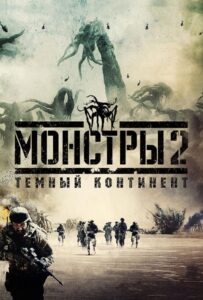
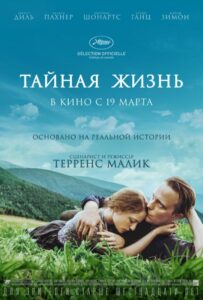
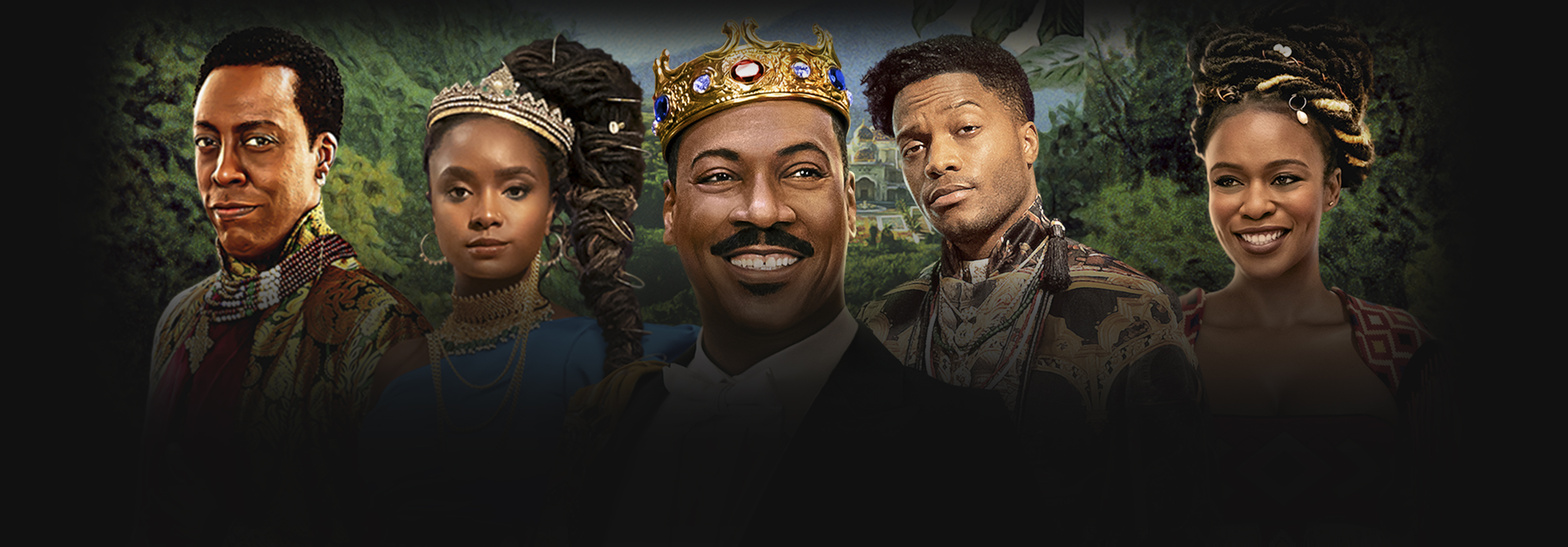
Оставь свой отзыв 💬
Комментариев пока нет, будьте первым!